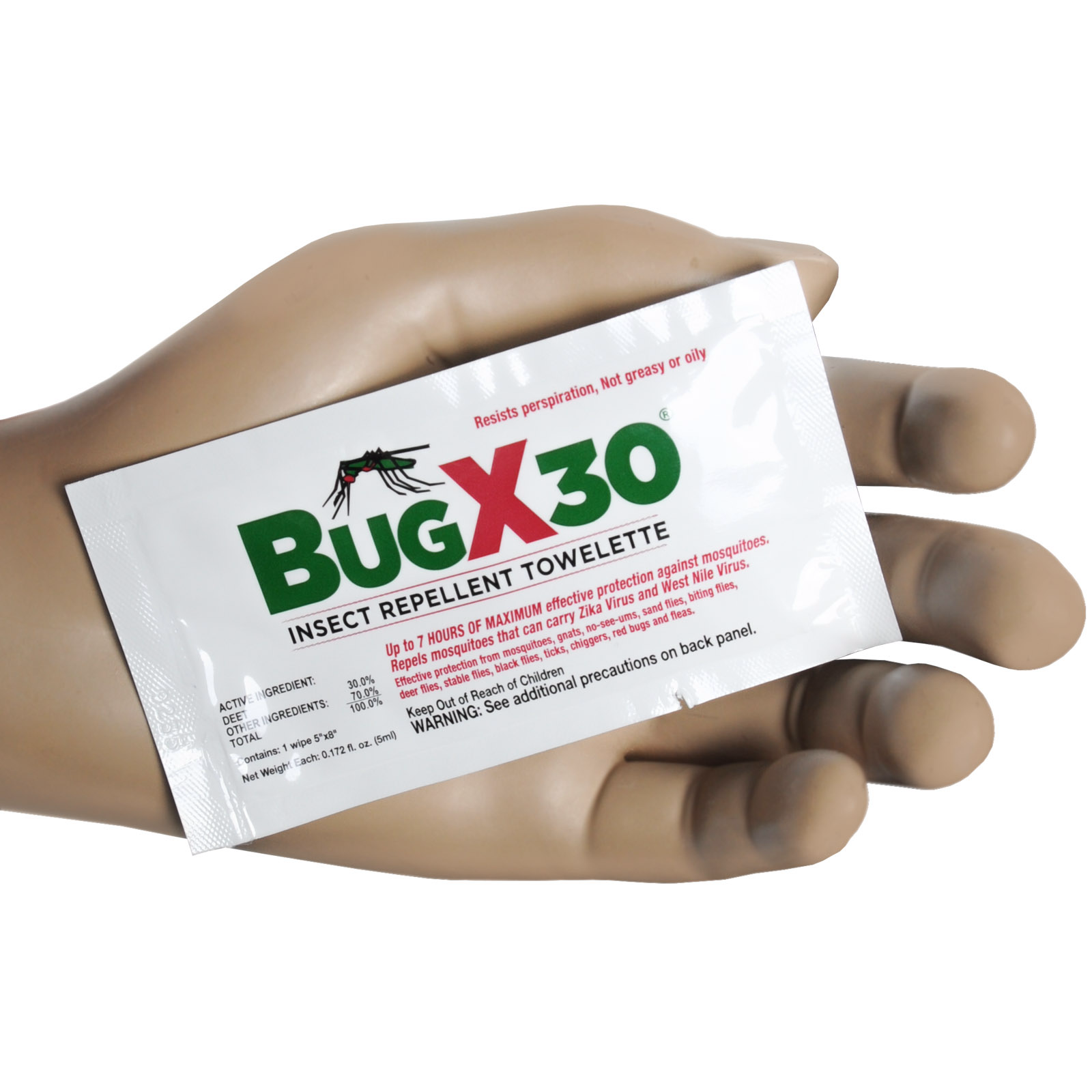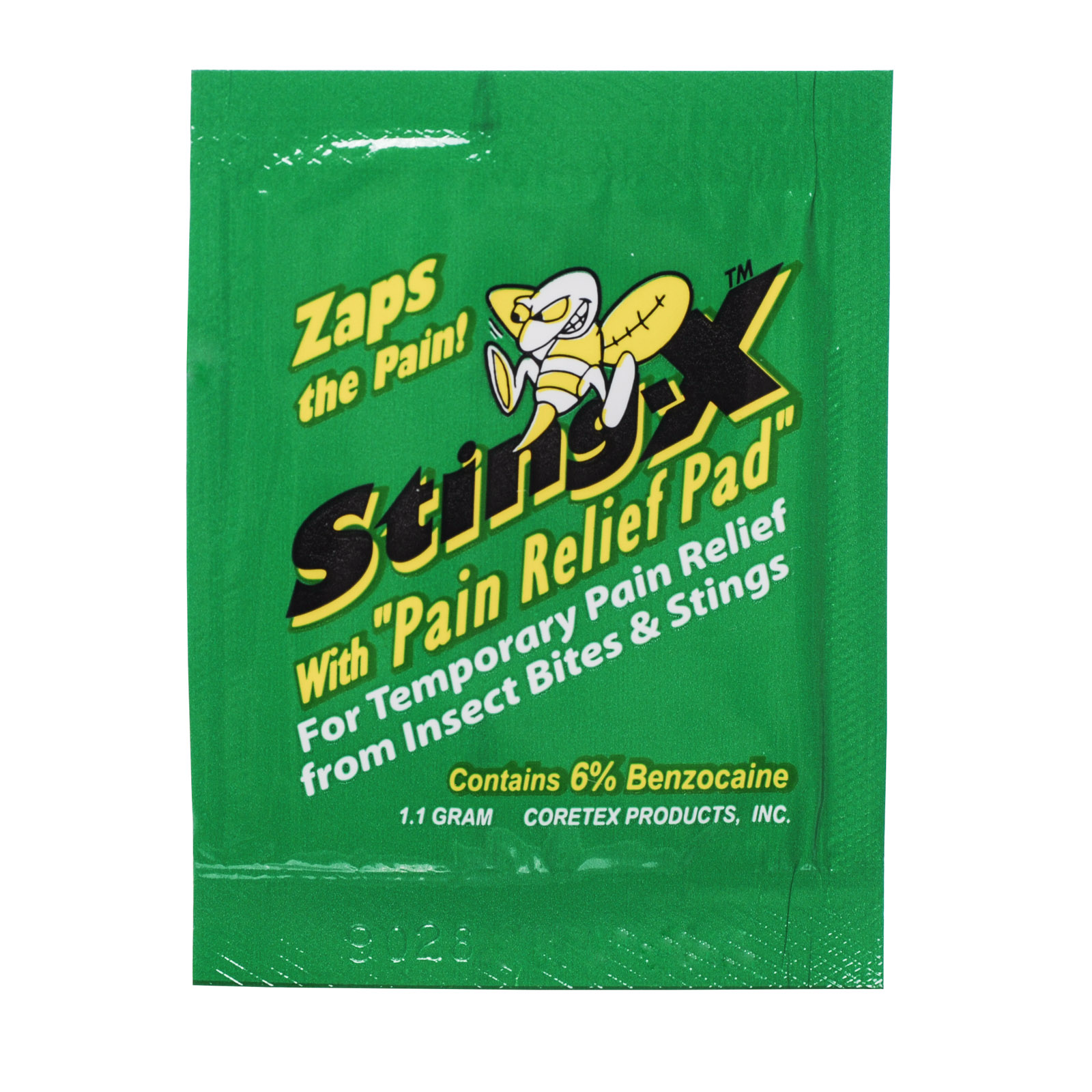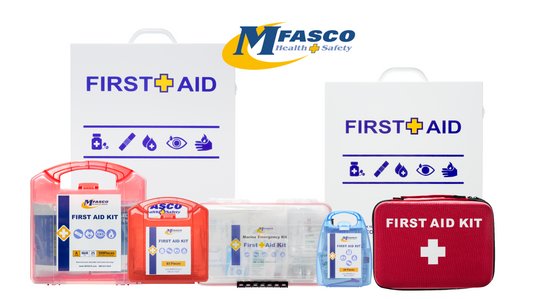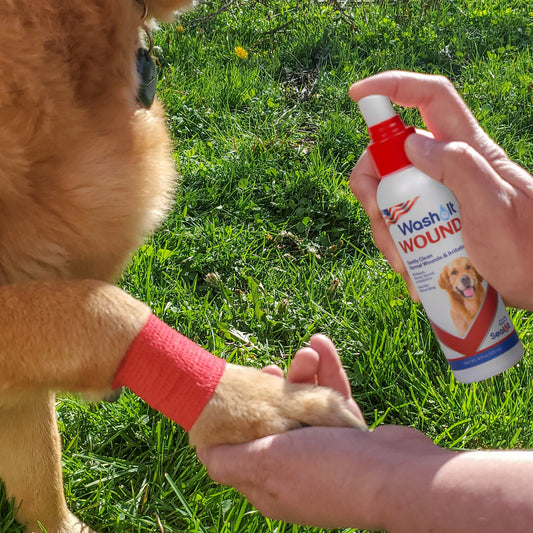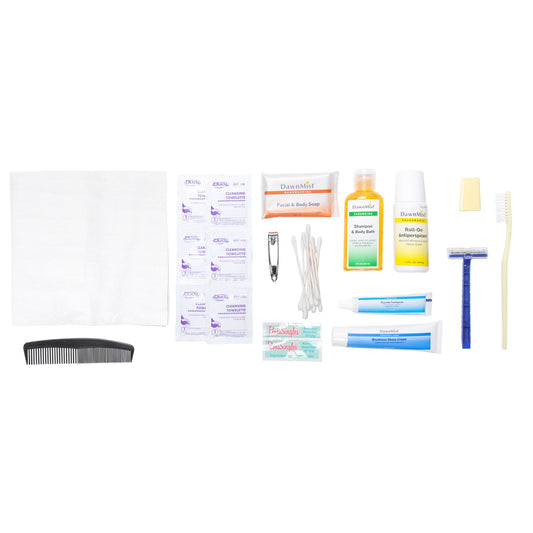What is Lyme Disease
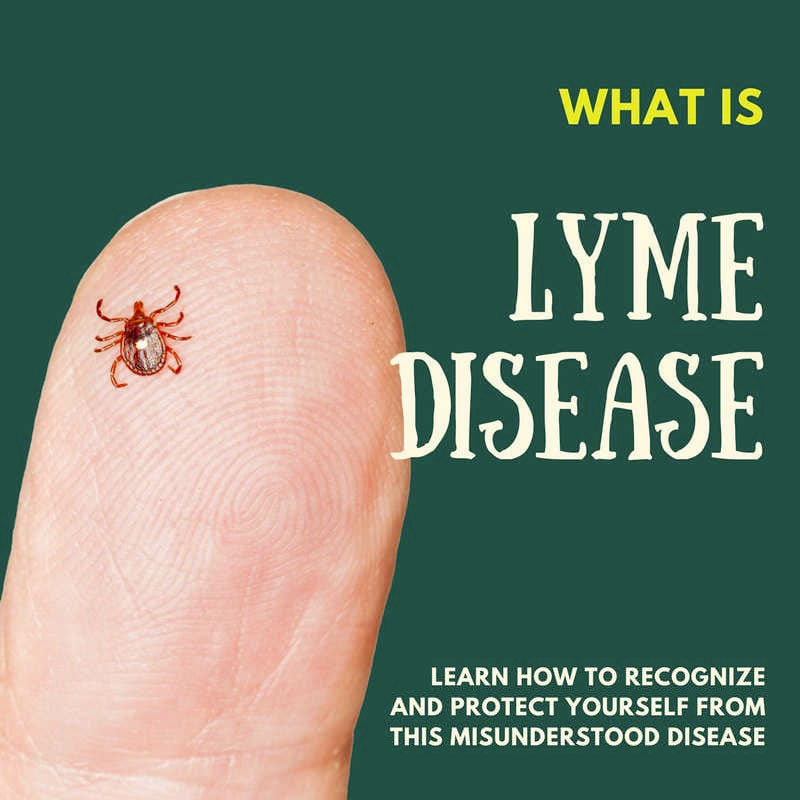
As summer approaches and the weather warms up, more and more people will head out into the wilderness for recreation and relaxation. Some people may be concerned about sunburn, heat-related illnesses, or other common summer worries but very few will consider the hazards of Lyme disease. Most of us don't even know what Lyme disease is, let alone how to contract it, treat it, or even prevent it. According to WebMD, Lyme disease cases more than doubled between 1995-2015. This article will help us understand what Lyme disease is, how to identify it, how to treat it, and how to prevent it from occurring.
What is Lyme disease?
Lyme disease is a bacterial infection spread to humans through the bite of an infected black-legged tick or a deer tick. The infected tick attaches itself to the skin of the host (people or other animals), transmitting the disease.
How do I know if I have Lyme disease?
Once infected, a rash shaped like a bulls-eye can form as soon as 24 hours after the tick has attached itself to the human body. Stay vigilant and check your body after being outdoors, spotting the telltale signs a tick has come in contact with the skin. Other symptoms like severe headache, neck stiffness, joint pain, and swelling can be signs of infection. In severe cases, shooting pain, numbness, tingling in the hands and feet, and inflammation of the brain and spinal cord may occur. If any of these symptoms present themselves, seek medical attention. Once diagnosed, corrective treatment can begin.
How do I treat Lyme disease?
If a tick has attached itself to the body, it is important that it is carefully removed. The CDC has a good "step-by-step" tick removal process that can be found here. In most cases, Lyme disease is treated with antibiotics, and people who contract it have a complete recovery. If you believe you have been infected, contact your family physician for treatment. As with any disease, complications can happen so don't wait it out, contact your doctor.
How can I prevent Lyme disease?
Because Lyme disease is transmitted through the bite of an infected insect, the best prevention is to avoid being bitten. How do I do this?
- When spending time outdoors, keep covered as much as possible. This can help keep ticks from attaching to you.
- Using a repellant can be an effective tool in preventing contact with ticks. Tick repellants that you spray on clothes and equipment are good barriers to reducing contact. Tick repellants that you apply on your skin will help reduce the potential for bites for any ticks that may have made it past the clothing repellant. Choose your repellants carefully as many "insect" repellants are not effective against ticks.
- An insect spray for the yard is also a good idea.
- Checking the skin of pets or anyone else coming in from the outside will help identify ticks so you can deal with them before they bite.
- Make sure people are educated about Lyme disease. This will help others who may not be aware of the risks protect themselves and their loved ones.
Wrap Up
According to the Centers for Disease Control, approximately 300,000 people are infected with Lyme disease each year. These numbers are large enough that people need to be aware of the potential threat they may encounter. Lyme disease is preventable; it just takes a little education, precaution, and vigilance when being exposed to the outdoors. So, as you head out this summer, remember, not all bug bites are created equal.
Outdoor Products & Accessories
MFASCO's Make a Kit Tool
Outdoor First Aid Kits
Bug X 30 Insect Repellent Wipe
Additional Resources for Outdoor Kits & Supplies
Top 8 First Aid Kit Types
5 Outdoor Health Tips - Part 1
Essential First Aid Kit Supply List
Contributing Expert

Mike Brinker
Mike Brinker has been working in the first aid industry for over 35 years. He has worked with thousands of businesses,groups, and organizations to provide a healthy and safe work environment. Mike helped create “Make-A-Kit”, the internet's only online first aid kit creation tool. He has also authored many helpful first-aid and safety-related resource articles found at the MFASCO Learning Center.


